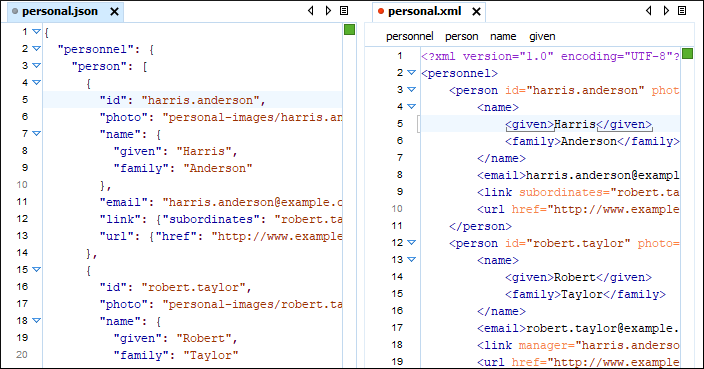

See our community calendar (and make sure to check the time zone). If either of these are cancelled or moved for any reason, we will aim to announce such via the Slack announcement channel and Twitter. Open Community Working Meetings are every Monday at 14:00 PT. Office Hours are every first Tuesday of the month at 15:00 BST, and by appointment. 🧑💻 Office Hours 👷 Open Community Working Meetings Learn, Get help, Shape the Community, Chat, with the JSON Schema team and Community! An IETF RFC currently remains the most likely path, although several details are still being worked out.

All are encouraged to provide feedback! Our goals with this process include: The bulk of our specification will be published under a new process currently under public discussion.As an Incubation-status OpenJS Foundation project, we continue to work through our governance todo list to move to either At-Large or Impact status.The JSON Schema media types ( application/schema+json and application/schema-instance+json) will be published as an IETF RFC, which has already been adopted by the HTTP APIs working group.Ensuring quality of client submitted data.Īnnouncements and Feedback Solicitation: Specification Process #.Provides clear human- and machine- readable documentation.Describes your existing data format(s).In the following image, the black letters are the longest common subsequence, the red letters only occur in the first sequence, and the green letters only occur in the second sequence. Once you have the longest common subsequences, you can derive the changes (inserts, updates, and deletions) from that. So (ABD) and (ACD) are their longest common subsequences. They have 5 length-2 common subsequences: (AB), (AC), (AD), (BD), and (CD) 2 length-3 common subsequences: (ABD) and (ACD) and no longer common subsequences. From Wikipedia:įor example, consider the sequences (ABCD) and (ACBAD).

This algorithm finds the longest subsequence that is common to two provided subsequences. Detection of inserted and removed items can be achieved using an algorithm called the longest common subsequence (LCS). The algorithm would simply report all array items as changed, starting from the place where an item is removed or inserted.

However, this approach cannot deal with the case when an array item is inserted or removed. A naive approach will simply compare the array items one by one. When a property contains a nested object, the function will recursively compare these child objects.Ĭomparing two arrays requires some more work. When both sides are an object, the algorithm will collect the unique keys of both objects, and then iterate over those, checking whether the left and right property have the same value. The function checks the type left and right document. The algorithm to compare two JSON documents works as follows.


 0 kommentar(er)
0 kommentar(er)
